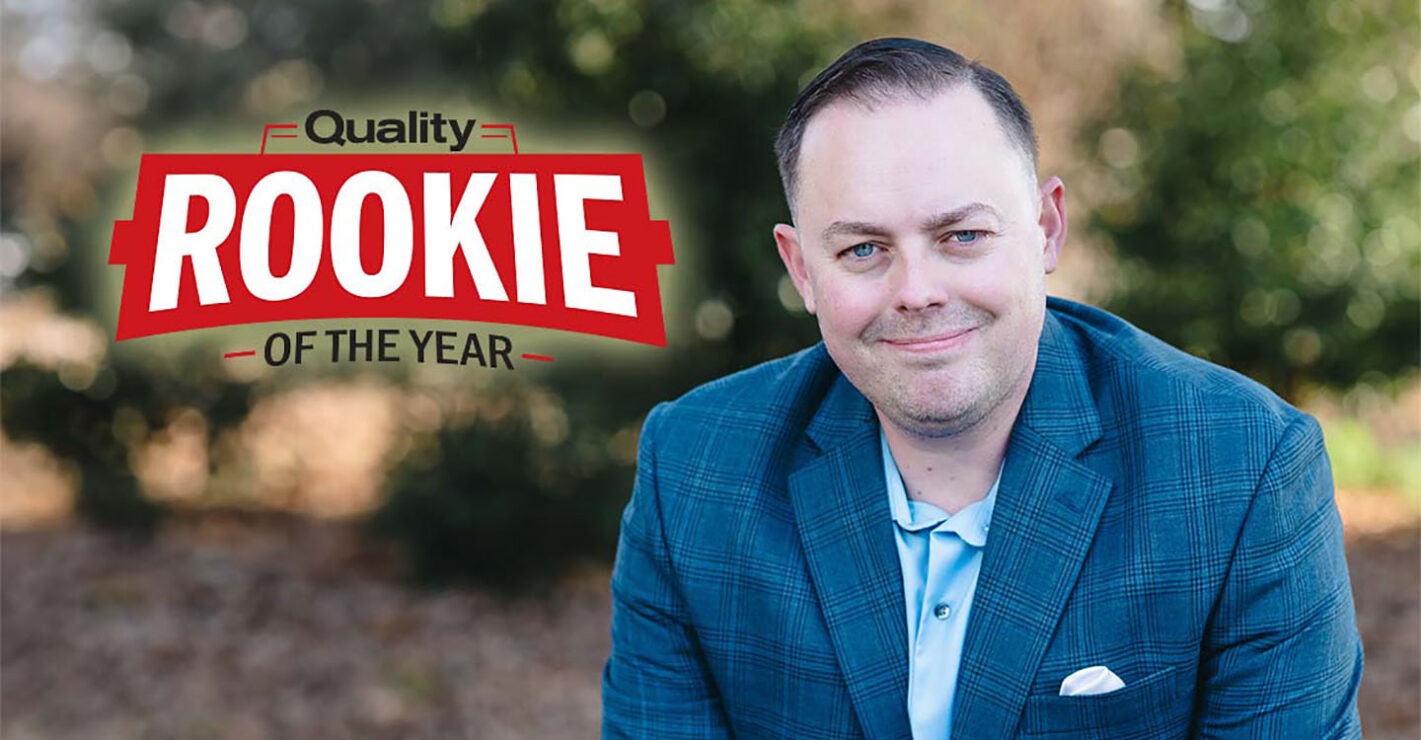What is the purpose of the requirement in ISO9001: 2015 for organizational knowledge? The requirement is one of six requirements under resources. Let’s begin by presenting the actual requirement.
7.1.6 The organization shall determine the knowledge necessary for the operation of its processes and to achieve conformity of products and services.
This knowledge shall be maintained and be made available to the extent necessary.
When addressing changing needs and trends, the organization shall consider its current knowledge and determine how to acquire or access any necessary additional knowledge and required updates.
NOTE 1 Organizational knowledge is knowledge specific to the organization; it is gained by experience. It is information that is used and shared to achieve the organization’s objectives.
NOTE 2 Organizational knowledge can be based on:
a) internal sources (e.g. intellectual property; knowledge gained from experience; lessons learned from failures and successful projects; capturing and sharing undocumented knowledge and experience; the results of improvements in processes, products and services);
b) external sources (e.g. standards; academia; conferences; gathering knowledge from customers or external providers).
The requirement seems to be so simple, just determine knowledge needed. But there is so much information and knowledge that is within an organization. So, where do we begin? If an organization was true to themselves when identifying internal and external issues they have an excellent beginning. Let’s present some of these issues that are linked to Organizational Knowledge.
|
ISSUE |
ORGANIZATIONAL KNOWLEDGE ACTIONS |
|
30% of our work force has over 25 years of service and will be retiring within the next 3 years. |
|
|
We have had three QHSE Managers in the past three years |
|
|
Cannot fill open positions or cannot find candidates with needed skills / knowledge |
|
|
Key management personnel have been with the organization for years and have been responsible for many years for critical aspects of the business. |
|

The four elements of organizational learning support the requirements of organizational knowledge. They present additional actions that an organization could implement to address the issues presented and others the organization is dealing with.
There are more issues and many more actions that may be taken to address the issues. I hope that this article provides you with a better understanding of why organizational knowledge is a key requirement for an effective organization and management system to fulfill its purpose.







